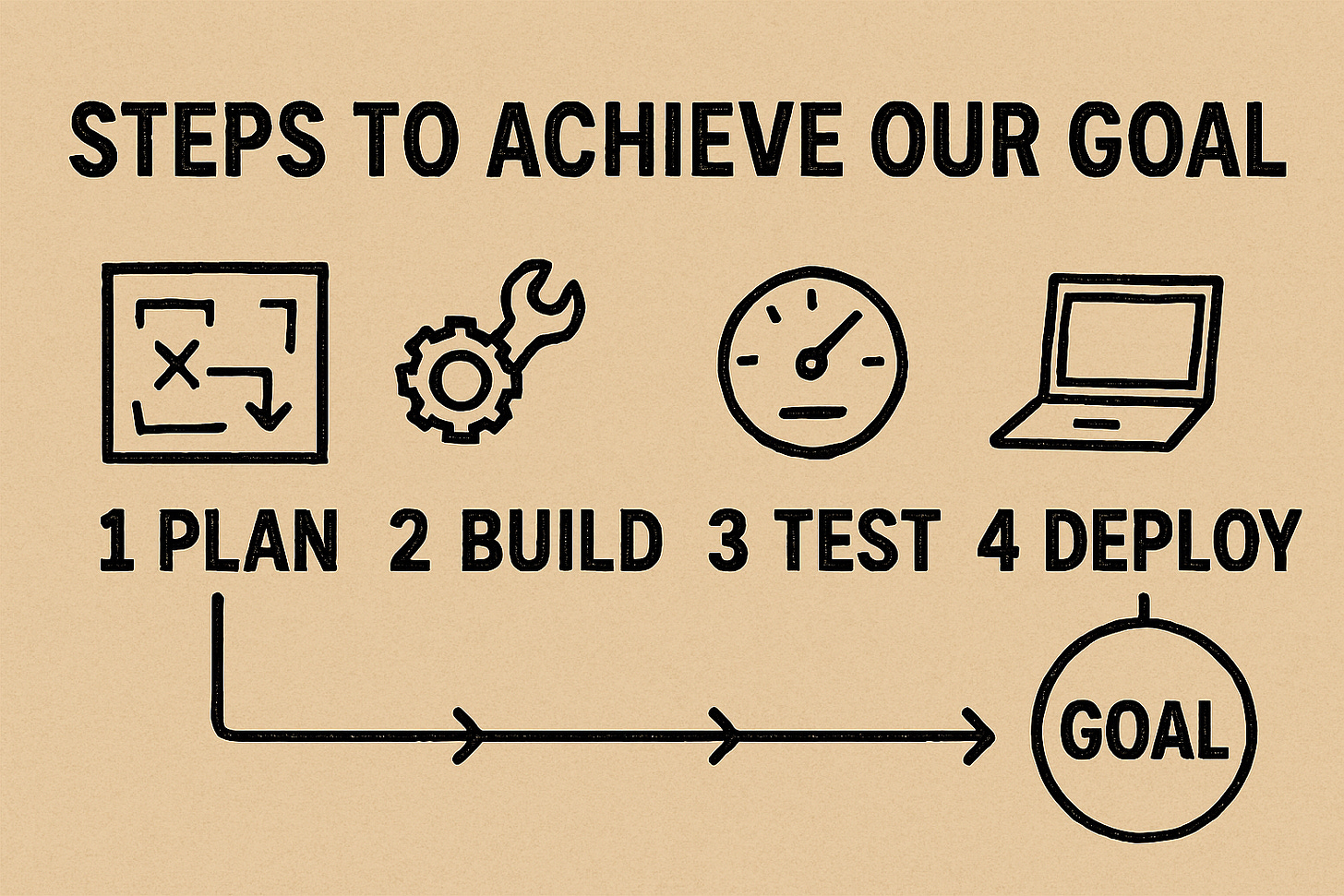1b2. Systematic Process
The board follows a systematic process in its work
This post will describe part of the board’s responsibility to take a strategic approach to its work by following a systematic process.
(1) Systematic Process. [Does your board ‘act’ in a systematic process?]
After annual student test score release the board received staff reports and listened to community feedback, then considered policy on staff evaluation as part of its plan for improvement. It had decided evaluation can be a strategic HR practice if focused on the significant impact of individual performance on organizational performance and the importance of aligning organizational and individual goal-setting. Its policy laid out principles for goal-setting, leadership guidance and coaching, criteria for successful performance, collecting documentation during the year, and formative and summative evaluation for each year of teaching. It scheduled a review of this policy as part of its annual district evaluation. In March, the board received a report, and a subcommittee inspected selected examples of evaluations, to determine whether pre-identified criteria were met, then it prepared a board statement of its conclusions about district performance and its intentions for the future. It placed a copy of the data and board statement into the superintendent’s performance file for the year. Then it conducted a public hearing, followed by reviewing, revising and refining its policy to more closely match its intent for the next year.
This board linked the functions of community engagement – whose strategic purpose is to listen, policymaking – whose strategic purpose is to set expectations, and monitoring – whose strategic purpose is to assure accountability. Doing so in a systematic way sets a pattern and a tone that demonstrates the board has a method to its madness.
Tying in the important work of community engagement to learn the values of the community on various issues assures that the board is able to give voice to those values in policies that guide the district. Operating in a predictable, ongoing cycle of such routines communicates to all that the board knows what it is doing, and that its work is purposeful, focused, and effective.
In systematic fashion, the board:
Engages with its community to listen and learn;
Sets policy as strategic guidance reflecting community values;
Schedules monitoring of progress and performance guided by policy;
Monitors district progress and performance in accordance with policy;
Uses criteria guided by policy to judge the data the board receives in monitoring;
Determines through deliberation and discussion the meaning of the data; then
Updates/revises existing policy as needed for the next round.
Through the above cycle, the board gives meaning to its commitment to follow a systematic process. It also inspires confidence in resulting decisions and actions taken by the board.
Something as simple as developing a routine in policymaking that demands two public readings and demonstrates openness to public and staff input between readings is another example of the board conducting its business using a systematic process. The public, and staff, are much more likely to trust a board that is open, transparent, deliberative and intentional in principled and systematic decision-making.
The effective board believes that what a board does and how it carries out its work matters. If it seeks to lead effectively, the board exercises discipline in deliberation and decision-making, fitting each board action into a recognizable systematic approach to governance that ensures the board’s structures and routines are guided by intentional decisions made within the boundaries of its strategic role. It has a theory of governing that guides its practice and connects each board action with all other board actions and the work of the staff. Putting in place a process that is systematic and enforcing the self-discipline of adhering to that process assures reliability in board functioning. A key component of its disciplined process is consideration of staff input and precedent before making decisions. Over time, operating through established routines and a predictable board rhythm the board will earn the trust of its board members, staff members, and community members. All will come to trust the process if it is rationally conceived, is easily understood, adheres to board values, and is predictable. The board follows a process that is open and transparent to all, systematic, and aligned with its policy language.
Indicators. The following indicators demonstrate a board’s systematic process:
Be (dispositions)
The board believes that board process and board performance matter
Know (knowledge)
The board knows its policies governing its own process and performance
The board understands the connections and distinction between board work and staff work
Do (skills)
The board establishes board routines and a step-by-step protocol for policymaking
The board receives reports of relevant data and listens to stakeholders before making decisions
The board carefully considers precedent from past board actions before making decisions
Source:
A Framework for School Governance (2018) Rick Maloney
Thanks for reading! Subscribe for free to receive new posts and support my work. Your contributions to the conversation are welcome. Please leave a comment below.

